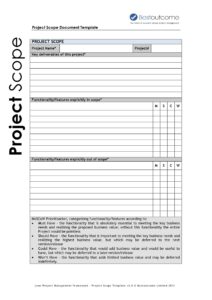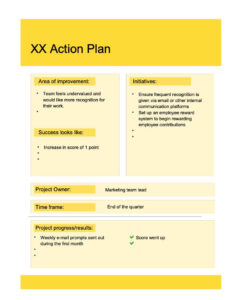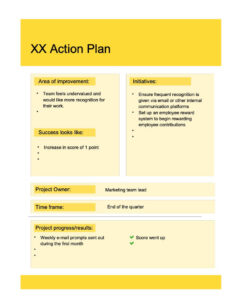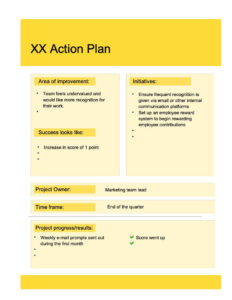If you’re leading a project, it’s important to have a clear understanding of the project requirements. These requirements define the scope of the project, the deliverables that need to be produced, and the timeline for completion. A well-defined set of requirements will help you to plan and execute your project successfully.
There are many different ways to define project requirements. One common approach is to use a project management requirements template. These templates provide a structured way to capture and document the requirements for your project. They typically include sections for the following information:
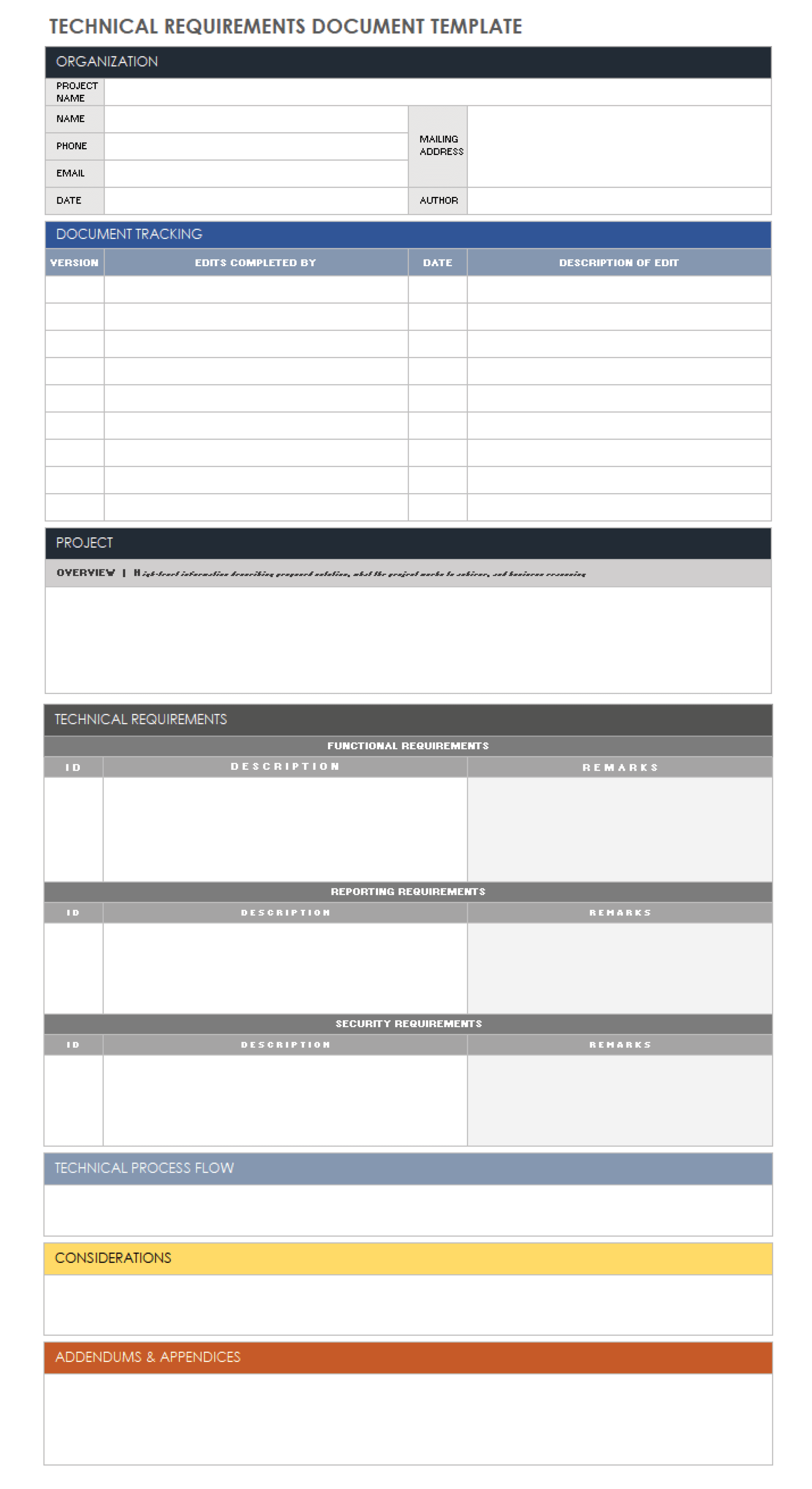
What to Include in a Project Management Requirements Template
The specific contents of a project management requirements template will vary depending on the project. However, there are some key elements that should be included in any template. These include:
- Project scope statement: This statement defines the boundaries of the project and what will be delivered.
- Stakeholder requirements: These are the needs and expectations of the people who will be affected by the project.
- Functional requirements: These are the specific features and functions that the project will deliver.
- Non-functional requirements: These are the constraints and limitations that apply to the project, such as budget, timeline, and quality.
- Acceptance criteria: These are the criteria that must be met for the project to be considered complete and successful.
Once you have gathered all of the necessary information, you can begin to document the project requirements. This can be done using a variety of tools, such as a word processor, spreadsheet, or project management software. It is important to keep the requirements document up-to-date as the project progresses.
Benefits of Using a Project Management Requirements Template
There are many benefits to using a project management requirements template. These benefits include:
- Improved clarity and understanding: A well-defined set of requirements will help everyone involved in the project to have a clear understanding of what is expected.
- Reduced risk: By identifying and documenting the requirements upfront, you can reduce the risk of misunderstandings and disputes later on in the project.
- Increased efficiency: A requirements template can help you to streamline the process of gathering and documenting requirements.
- Improved project outcomes: By following a structured approach to requirements management, you can increase the likelihood of delivering a successful project that meets the needs of your stakeholders.
Conclusion
A project management requirements template is a valuable tool that can help you to plan and execute your projects successfully. By using a template, you can ensure that you have a clear understanding of the project requirements, reduce risk, increase efficiency, and improve project outcomes.
There are many different project management requirements templates available online. You can find a template that is specific to your industry or project type. Once you have found a template, you can customize it to meet your specific needs. By taking the time to create a well-defined set of requirements, you can set your project up for success.
